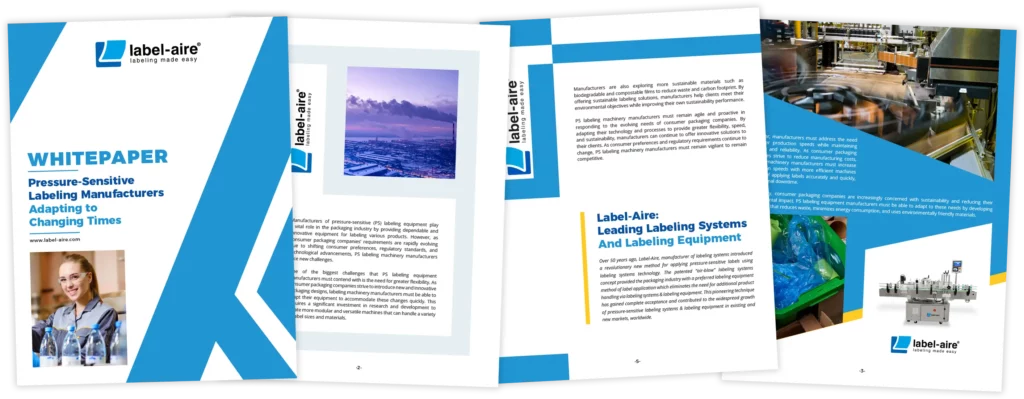By today’s standards, packaging is not only defined as some material used to enclose a product to the consumer. The packaging, in addition to the product, is now like a representation of the company, and therefore the company must treat it as such. Sourcing a report from Mintel detailing five packaging trends of 2017, this article breaks each trend down in detail to “highlight the best that brands are delivering to consumers around the world” (“Global Packing Trends 2017”).
Number One: The Union of Package Structure and Branding. In a global market, companies are facing the challenge of interchangeable products from around the world to compete with their products which can be created and sold just around the corner. These companies must focus on brand identity, otherwise defined as “how the business wants to be perceived by customers … the components of the brand (name, logo, tone, etc.) are created by the business to reflect the value the company is trying to bring to the market” (Investopedia). By creating a brand identity through both product and packaging, companies can better compete against global competition.
Number Two: The Face and Role of Packaging Online. A statistic made the news a few years ago; “50% of every dollar spent online goes to Amazon” (Krantz). E-commerce is a rapidly developing area in which companies like Amazon and Google are dominating. Consumers want their products faster, cheaper, and more conveniently. The companies that are able to effectively implement and execute the steps required for e-commerce will have a significant advantage over their competitors.
Number Three: Smart, Active, and Intelligent Packaging. Modern-day packaging is no longer just a brown cardboard box with “FRAGILE” affixed to the side; packaging is an extension of the company and the carrier of the consumer’s product. But packaging can do more than just that; technology today allows you to track your package in real-time, while other packaging material has a second use to function with the product it’s carrying. This also includes green packaging.
Number Four: The Experience of Packaging. Consumers want to know that the company is responding to their wants. Companies want to attain brand recognition, which Investopedia defines as “the extent to which the organization’s target market is able to identify a brand by its attributes … like logos, slogans, and colors” (Investopedia). Packaging is the intermediary that can provide brand recognition by taking on the attributes the consumers are asking the company for: durability, eco-friendly, luxurious, etc.
Number Five: Extend my Brand. Consumers likely have a favorite brand for any given product. For example, a household may only buy Thermos water containers due to a past experience or because of the attribute the product possesses (durable, environmentally conscious, quality). Packaging must catch the consumer’s eye.
Bibliography
“Global Packaging Trends 2017.” Global Packaging Trends 2017 | Mintel.com. N.p., n.d. Web. 07 Feb. 2017.
Investopedia. “Brand Identity.” Investopedia. N.p., 01 Mar. 2016. Web. 09 Feb. 2017.
Investopedia. “Brand Recognition.” Investopedia. N.p., 15 Aug. 2010. Web. 09 Feb. 2017.
Krantz, Matt. “5 companies grab 70% of your online dollars.” USA Today. Gannett Satellite Information Network, 05 Nov. 2015. Web. 09 Feb. 2017.
Mohan, Anne M. “Five global packaging trends for 2017.” Five global packaging trends for 2017 | Packaging World. N.p., 24 Dec. 2016. Web. 07 Feb. 2017.

